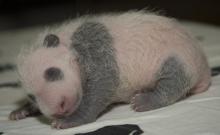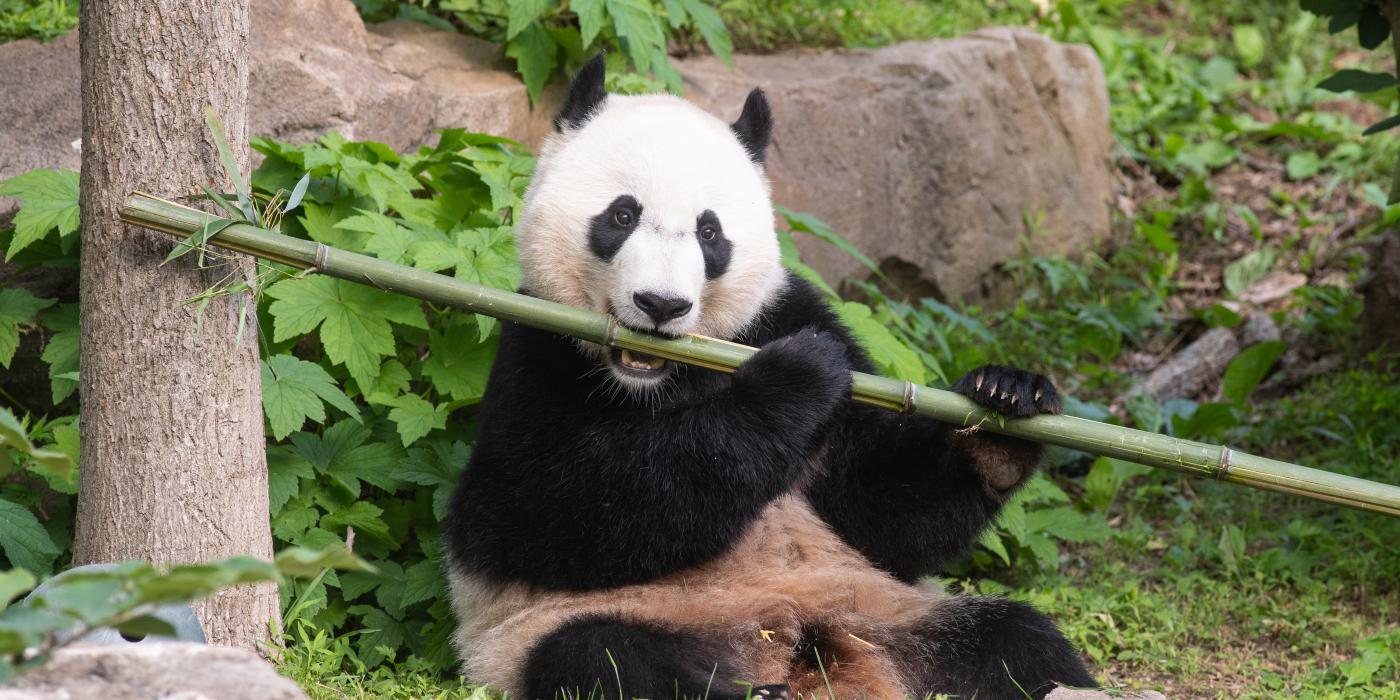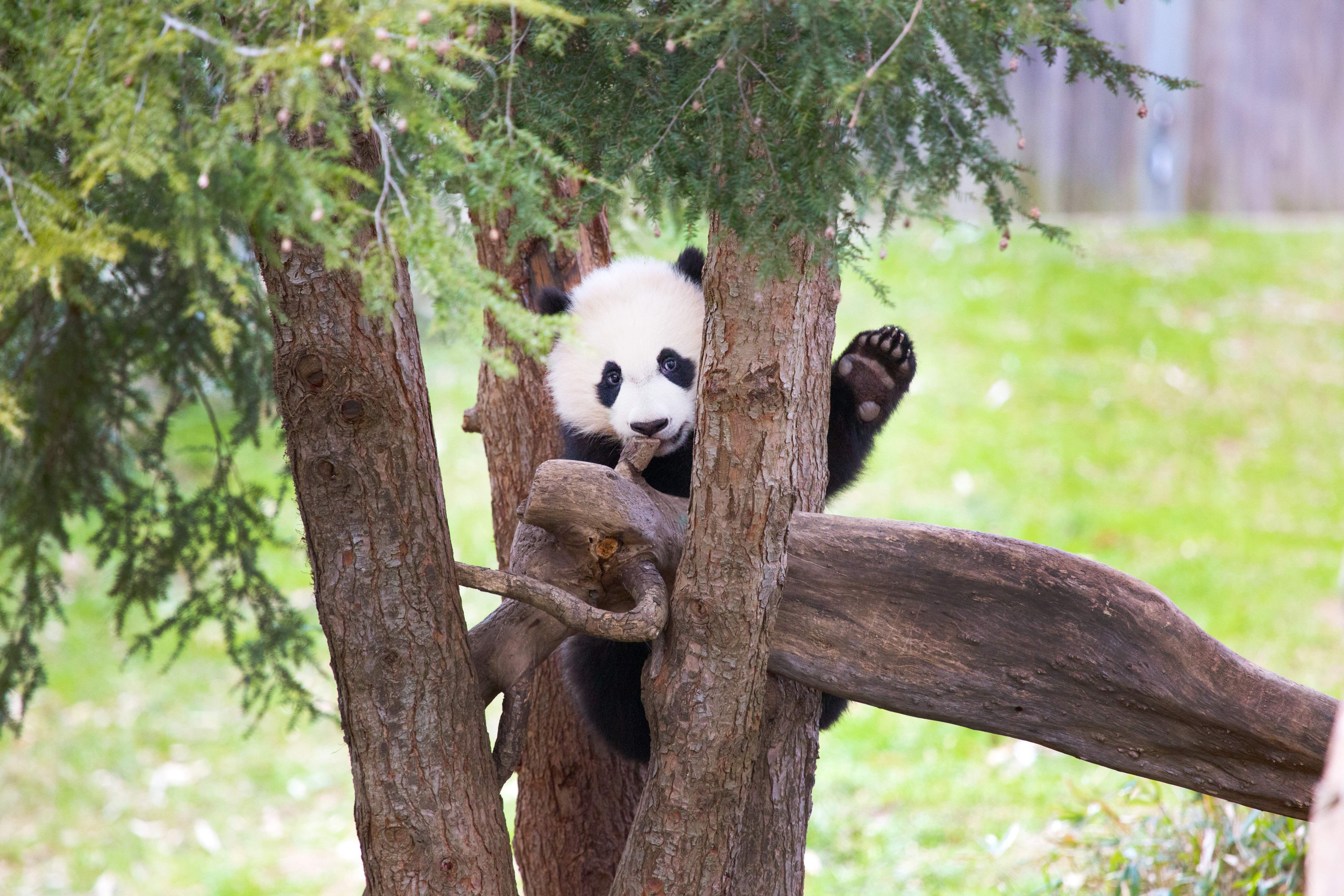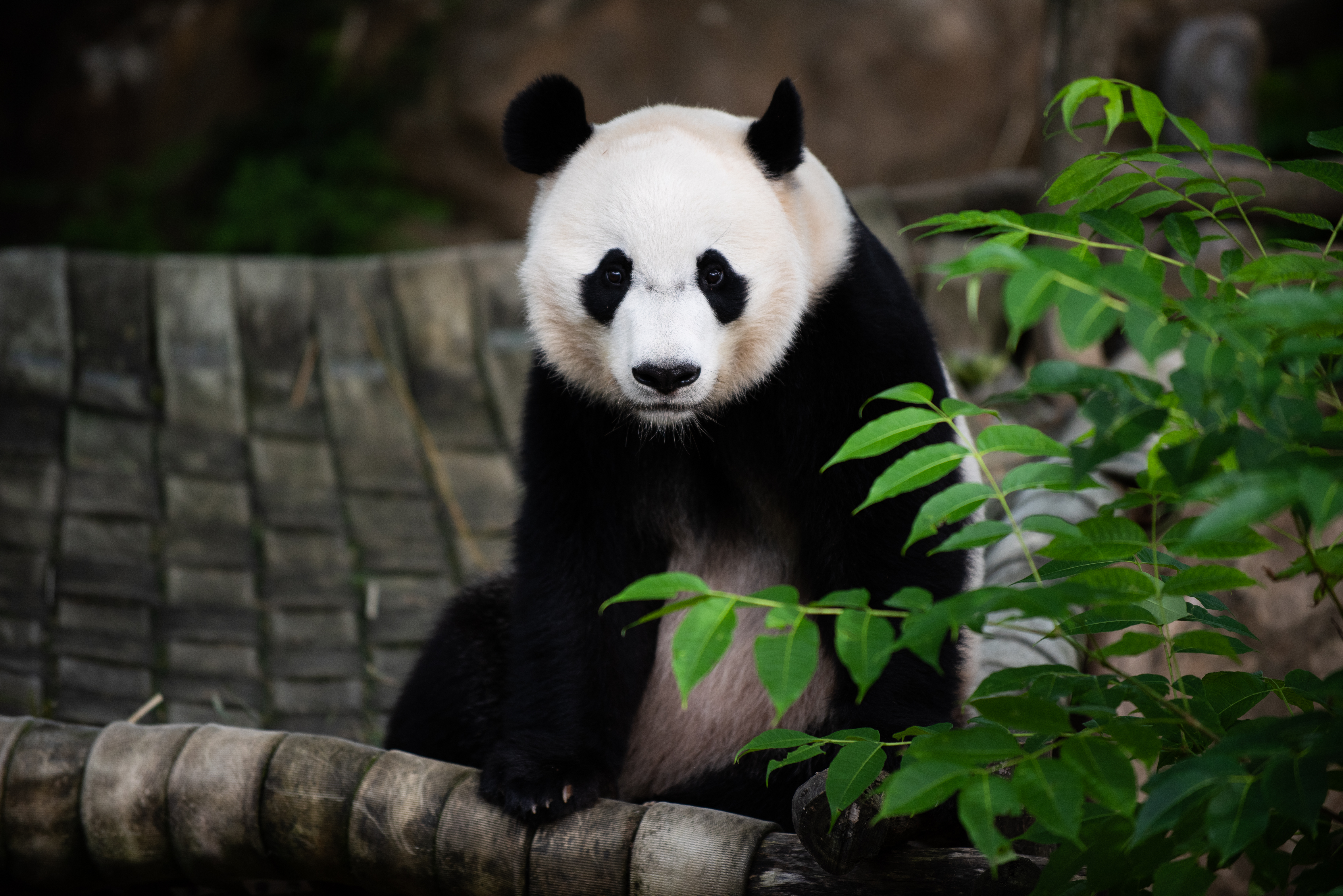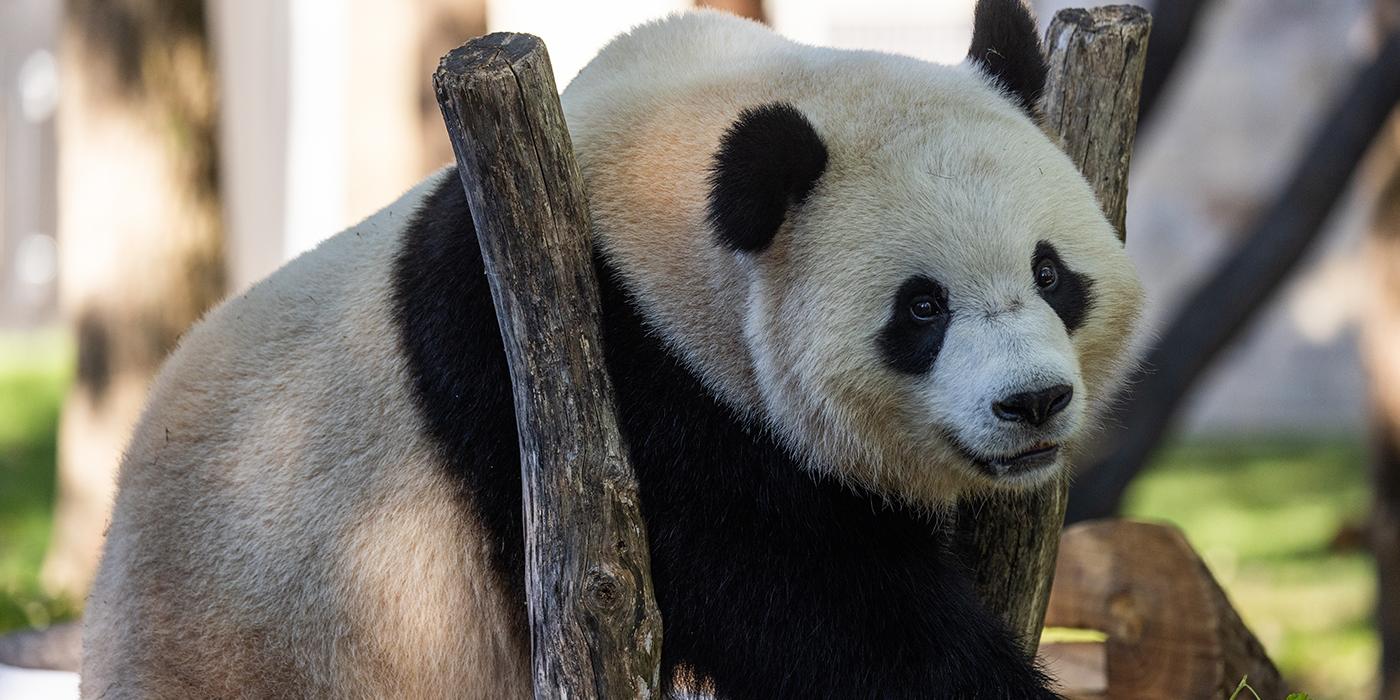Giant Panda Bei Bei Moving to China Before the End of the Year
Farewell Celebration at the Smithsonian’s National Zoo From Nov. 11 to Nov. 18.
Giant panda Bei Bei will depart the Smithsonian’s National Zoo for China Tuesday, Nov. 19. As part of the Zoo’s cooperative breeding agreement with the China Wildlife Conservation Association, all cubs born at the Zoo move to China when they are 4 years old. Bei Bei turned 4 Aug. 22.
“Our giant pandas represent much of what the Smithsonian does best, from conservation to education,” said Lonnie Bunch, Secretary of the Smithsonian. “As we say goodbye to our beloved Bei Bei, our conservation scientists will continue to work in collaboration to prevent these animals from disappearing, giving them the opportunity to thrive in the wild, inspiring and teaching generations to come.”
“Bei Bei is part of our family,” said Steve Monfort, John and Adrienne Mars director of the Smithsonian’s National Zoo and Conservation Biology Institute. “Our team has cared for him, learned from him and, along with millions, loved watching him grow. We’re sad he’s leaving, but excited for the contributions he will make to the global giant panda population. Bei Bei is an ambassador for conservation and part of a 47-year program that proves bringing species and habitats back from the brink is possible through global cooperation.”
Panda keepers are already preparing Bei Bei for the move to make sure he is comfortable and safe during his journey. Part of the preparations will include acclimating Bei Bei to a travel crate. The crate will be placed in the David M. Rubenstein Family Giant Panda Habitat. At first, keepers will ask Bei Bei to walk through it every day. After he has adjusted to walking through the crate, they will acclimate him to spending short periods of time in it with the door closed. Keepers will offer him treats while he is in the crate.
When Bei Bei departs for China, he will be accompanied by one panda keeper and one veterinarian. FedEx will fly Bei Bei and the panda team non-stop from Washington, D.C., to Chengdu, China, in a dedicated B777 aircraft as part of the company’s FedEx Cares “Delivering for Good” initiative. FedEx uses its global network and logistics expertise to help organizations with mission-critical needs in times of disaster and for special shipments. FedEx also donated dedicated aircrafts to bring Bei Bei’s older brother Tai Shan to China in 2010, older sister Bao Bao to China in 2017 and their parents, Mei Xiang and Tian Tian, to the United States in 2000. It is better for pandas to travel in the fall and winter months when it is cool, instead of in the heat of summer. The panda team will continuously monitor Bei Bei during the trip and will travel with a supply of his favorite treats, including bamboo, apples, pears, carrots, cooked sweet potatoes, biscuits and water.
Upon arrival in Chengdu, Bei Bei’s new keepers will accompany him to one of the bases run by the China Conservation and Research Center for the Giant Panda. The American team will follow, and a panda keeper will remain with Bei Bei for a short time while he acclimates to his new home. Bei Bei will enter the giant panda breeding program when he reaches sexual maturity between 5 and 7 years old.
From Nov.11 to Nov. 18, the Zoo will hold an online and on-site series of “Bye Bye, Bei Bei” celebratory events to bid a fond farewell to Bei Bei before he begins the next chapter of his life in China. Details on the celebration will be shared and posted to the Zoo’s website soon. The Zoo will be using #ByeByeBeiBei on all updates posted on Facebook, Instagram and Twitter.
Bei Bei was born Aug. 22, 2015, at the Zoo’s David M. Rubenstein Family Giant Panda Habitat. He has been living separately from his mother Mei Xiang since March 2017. Giant pandas are solitary in the wild, and cubs separate from their mothers to establish their own territories between 18 months and 2 years old.
Giant pandas are listed as “vulnerable” in the wild by the International Union for Conservation of Nature. There are an estimated 1,800 in the wild. Scientists at the Smithsonian’s National Zoo and Conservation Biology Institute work with scientists in China studying giant panda reproduction and cub health, habitat and disease. Chinese scientists are working to reintroduce giant pandas to the wild.
Always free of charge and open 364 days a year (closed Dec. 25), the Smithsonian’s National Zoo is one of Washington, D.C.’s most popular tourist destinations, with approximately 2 million visitors from all over the world each year. The Zoo instills a lifelong commitment to conservation through engaging experiences with animals and the people working to save them. Today, the Zoo sits on 163 acres in the heart of Washington’s Rock Creek Park and is home to 2,700 animals representing more than 390 species. The Zoo’s commitment to conservation, research and education extends to the Smithsonian Conservation Biology Institute (SCBI), located in nearby Front Royal, Virginia. SCBI scientists and animal care experts conduct veterinary and reproductive research to save wildlife and habitats for some of the world’s most endangered animals on the sprawling 3,200-acre campus and in more than 30 countries across the globe.
Related Species:
Image Gallery

